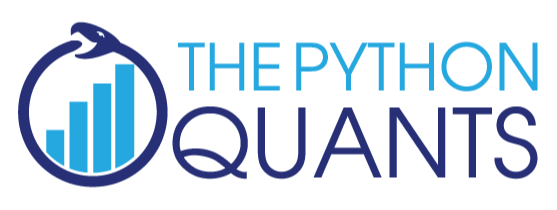Python Sessions by Dr. Yves J. Hilpisch | The Python Quants GmbH
Online, 27. & 28. January 2018
You find the introduction slides under http://hilpisch.com/epat.pdf
You find the materials about OOP under http://hilpisch.com/py4fi_oop_epat.html
If you have either Miniconda or Anaconda already installed, there is no need to install anything new.
The code that follows uses Python 3.6. For example, download and install Miniconda 3.6 from https://conda.io/miniconda.html if you do not have conda already installed.
In any case, for Linux/Mac you should execute the following lines on the shell to create a new environment with the needed packages:
conda create -n epat python=3.6
source activate epat
conda install numpy pandas matplotlib statsmodels
pip install plotly cufflinks
conda install ipython jupyter
jupyter notebook
On Windows, execute the following lines on the command prompt:
conda create -n epat python=3.6
activate epat
conda install numpy pandas matplotlib statsmodels
pip install plotly cufflinks
pip install win-unicode-console
set PYTHONIOENCODING=UTF-8
conda install ipython jupyter
jupyter notebook
Read more about the management of environments under https://conda.io/docs/using/envs.html
To install Docker see https://docs.docker.com/install/
docker run -ti -p 9000:9000 -h epat -v /Users/yves/Temp/:/root/ ubuntu:latest /bin/bash
The major resource for the ZeroMQ distributed messaging package based on sockets is http://zeromq.org/
Use this link to get a 10 USD bonus on DigitalOcean when signing up for a new account.
Good book about everything important in Python data analysis: Python Data Science Handbook, O'Reilly
Good book covering object-oriented programming in Python: Fluent Python, O'Reilly

